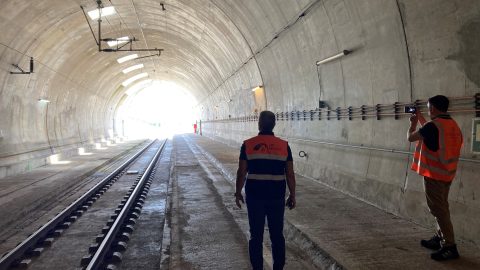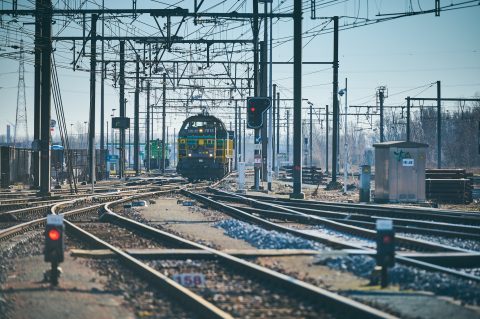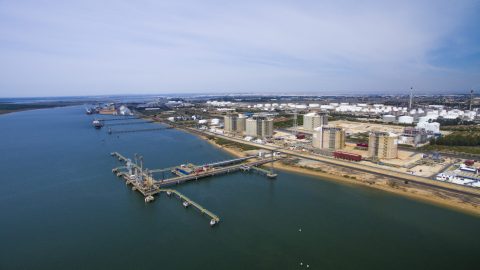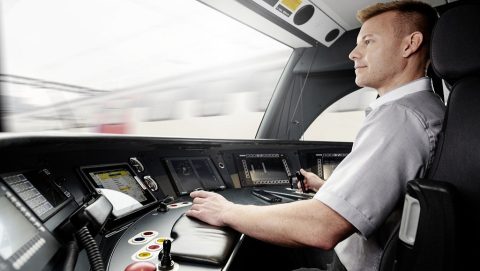‘The Netherlands must upgrade railways for 740-metre trains now’

The Netherlands should speed up efforts in preparing the railway network for 740-metre long trains. Germany is allocating the budget for the upgrades required, while in Switzerland the north-south route will be cleared for 750-meter trains in 2021. “In the Netherlands we are still in the study phase. We need to move on”, said Hans-Willem Vroon, Director of interest group RailGood.
Vroon will provide a workshop about the need for 740-metre train length on 26 March at the Freight & Terminal Forum. “The rail freight industry would be stupid not to take this advantage. It will improve the returns of carriers, reduce transport cost for shippers and consequently, result in a modal shift from road to rail” he said.
Cost reduction
Eight to twelve additional containers or six trailers can be transported on a freight train that is 740 metres long. This can result in a 5 to 10 per cent cost reduction per container or trailer. “There is a huge demand for this from the industry, but until now it is only possible on certain parts of the Dutch railway network”, said Vroon.
The large terminals and the Harbor Line in Rotterdam are capable of handling 740 meters. The Betuweroute is suitable for 740 meters up till the German border at Zevenaar/Emmerich. Unfortunately, on Emmerich, just over the border, there is a length restriction of 690 meters,
Moreover, only the Betuweroute suitable for 740 meters, is not enough. If a carrier is not able to take the Betuweroute, it depends on the Brabant Route via Venlo. Here, 740-meter trains are not yet facilitated.”
International relevance
Upgrading the Dutch railway network is not only relevant for the rail freight industry in the Netherlands, as the country is an important part of the Rhine-Alpine corridor running across Europe to Italy. In 2022, it will be possible to operate a 740-meter long train on the route Milan-Basel-Cologne-Venlo. If the Dutch network is not upgraded on time, it will form a bottleneck on this rail freight corridor, the rail freight expert argues.
“In addition, the North Sea Baltic growth corridor in the Netherlands, Germany and Poland via Bad Bentheim-Oldenzaal border crossing must be made suitable for 740 meters of train length as quickly as possible, given its enormous growth potential for rail.”
In Germany, the studies have been finalised and the cost benefits concluded. Within a few years it will have an upgraded network. “Rail freight transport is European, so the management of infrastructure must also become European. Interoperability along entire corridors requires the highest priority.”
Not expensive
According to Vroon, the upgrades are not a very costly package of measures. It requires extension of passing loops and sidings, upgrades to signaling and safety equipment on railway lines such as moving signal lights and monitoring points, and also some extensions of rail terminals to load/unload 740-meter freight trains.
These upgrades make it possible to utilise the strength of the railway system, which is the ability to operate long and heavy trains over longer distances. It is here where rail freight can win the volumes from the road. Moreover, a critical success factor for 740 meter trains is that freight trains get a higher priority in Dutch law for capacity allocation. It is a smart and much-needed investement”, said Vroon.
Follow the workshop
Are you interested in this workshop? Registration is free of charge. You must first register for the Freight & Terminal Forum, Expo only. Then, you visit the workshop programme and select the workshop of your choice.
Date: 26 March 2019
Time: 14:15 – 15:00
You just read one of our premium articles free of charge
Want full access? Take advantage of our exclusive offer





